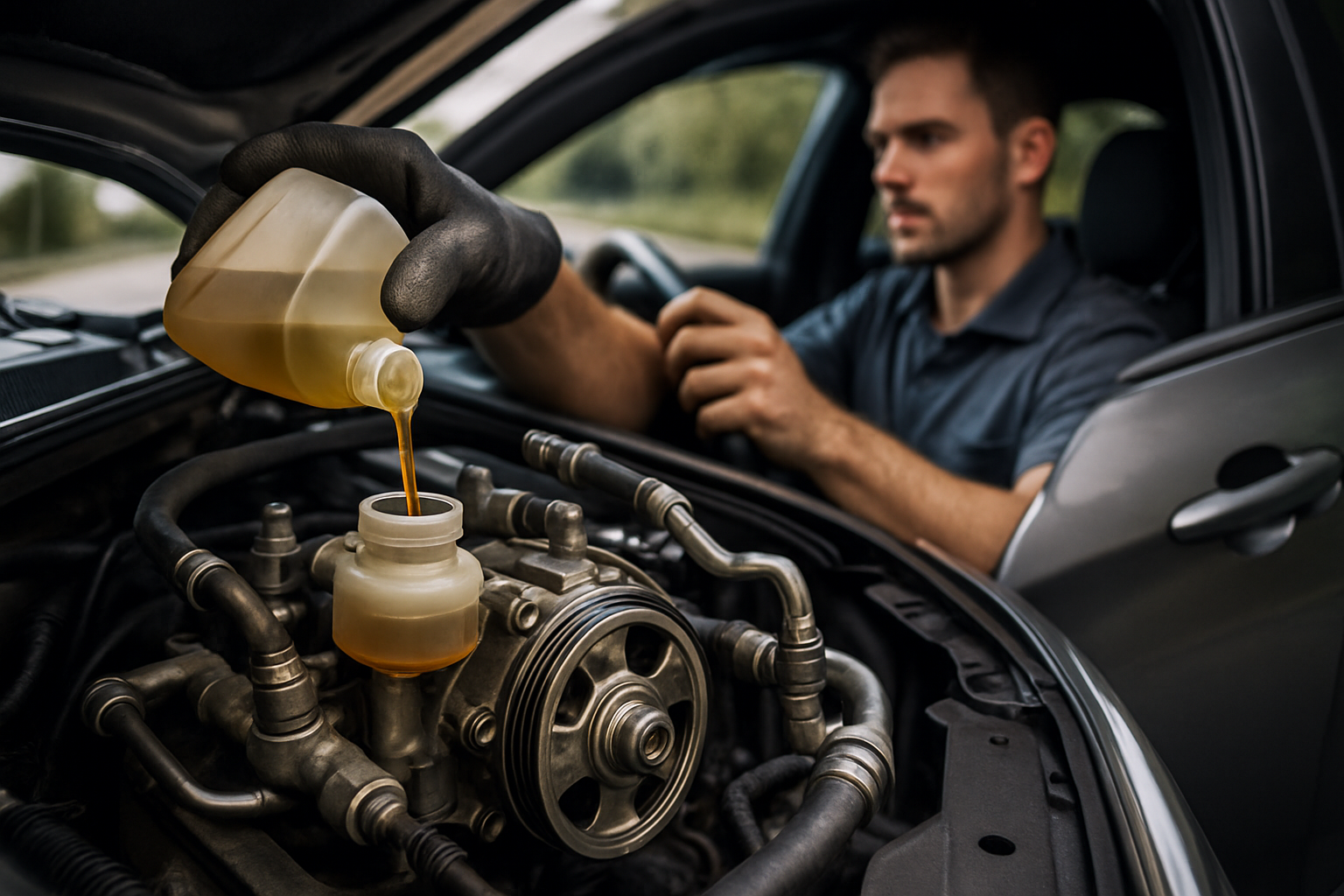Did You Know You Can Get a Free Car in the U.S.? Discover How Vehicle Donation Programs Work
In the United States, there are charitable programs that help people in financial need get a car at no cost. These initiatives, run by nonprofit organizations, aim to provide reliable transportation to individuals who need it to work, attend school, or care for their families. While each program has its own requirements and availability, the shared goal is to support those facing mobility challenges due to limited financial resources.

What Are Car Donation Programs and Why Do They Exist in the US?
Car donation programs serve dual purposes in American communities. On one side, they provide vehicle owners with a convenient way to dispose of unwanted cars while potentially receiving tax benefits. On the other side, these programs help individuals who cannot afford reliable transportation, which is often essential for employment, healthcare access, and daily necessities.
The existence of these programs stems from America’s car-dependent infrastructure. In many regions, particularly suburban and rural areas, public transportation is limited or nonexistent. According to transportation access studies, approximately 45% of Americans have no access to public transportation. This reality makes car ownership not just convenient but necessary for basic economic participation.
Organizations that facilitate vehicle donations include religious institutions, community foundations, and specialized nonprofits. Many operate with missions focused on poverty reduction, employment support, or serving specific vulnerable populations such as domestic violence survivors, veterans, or families transitioning from homelessness.
How to Apply for a Free Car If You’re Facing Financial Hardship
Securing a donated vehicle requires meeting specific eligibility criteria and following application processes that vary by program. Most organizations prioritize applicants who demonstrate both genuine need and potential for improved circumstances with reliable transportation.
Common eligibility requirements include:
-
Proof of financial hardship
-
Valid driver’s license
-
Ability to cover insurance costs
-
Employment or job training participation
-
Clear plan for how the vehicle will improve your situation
The application process typically involves:
-
Completing an application form (online or paper)
-
Providing documentation of income and expenses
-
Submitting references from employers, case workers, or community leaders
-
Participating in an interview or home visit
-
Attending financial literacy or car maintenance workshops
Wait times for vehicle placement range from several months to over a year, depending on donation supply and applicant demand. Most programs operate waiting lists and prioritize cases based on urgency and potential impact.
Car Donation Programs in the Bay Area and Other Cities
Urban areas with high costs of living often host robust vehicle donation initiatives due to greater income disparities and transportation challenges. In the Bay Area, several programs address the region’s significant transportation needs amid expensive public transit options and housing that’s often distant from employment centers.
Vehicles for Change operates throughout California, including the Bay Area, connecting donated vehicles with prescreened recipients. Similarly, Working Cars for Working Families partners with local social service agencies to identify families whose employment opportunities are limited by transportation barriers.
Other major metropolitan areas feature similar programs:
-
New York City: Vehicle Donation to Any Charity (V-DAC) works with numerous local nonprofits
-
Chicago: Goodwill’s Vehicles for Work program focuses on job-seekers
-
Atlanta: Family Promise’s Wheels to Work initiative serves families transitioning from homelessness
-
Houston: Car Angels specializes in helping single parents access transportation
Most urban programs report higher demand than supply, highlighting the critical transportation gaps in American cities despite their relatively stronger public transit systems compared to rural areas.
What Kind of Cars Are Donated and How Does the Selection Process Work?
The vehicles distributed through donation programs vary widely in make, model, and age, but all share one essential characteristic: operational reliability. Most organizations establish minimum standards for donated vehicles they’ll accept for redistribution rather than selling or scrapping.
Typically, donated vehicles meeting these criteria:
-
Are less than 15 years old
-
Have fewer than 150,000 miles on the odometer
-
Pass basic mechanical inspections
-
Require minimal repairs to be road-worthy
-
Offer reasonable fuel efficiency
The selection process usually involves:
-
Initial screening of donated vehicles by mechanics
-
Repairs performed by either volunteer technicians or partnering repair shops
-
Matching vehicles to recipients based on family size, commute requirements, and other needs
-
Providing basic maintenance training to recipients
-
Follow-up support to ensure continued vehicle operation
Some programs offer vehicles at no cost, while others implement “social enterprise” models where recipients pay reduced prices based on their income, often through affordable payment plans. These fees help sustain the programs while also fostering recipient investment in vehicle ownership.
Free Car Programs: Availability and Realistic Expectations
While free car programs exist nationwide, understanding their limitations and alternatives helps set realistic expectations. The demand for free vehicles significantly exceeds supply in most communities, resulting in waiting periods and prioritization systems.
Different programs offer varying levels of assistance:
| Program Type | What’s Provided | Recipient Responsibility | Typical Wait Time |
|---|---|---|---|
| Direct Donation Programs | Free vehicle | Insurance, registration, maintenance | 6-18 months |
| Subsidized Purchase Programs | Discounted vehicle (50-80% below market) | Partial payment, all ownership costs | 3-6 months |
| Car Loan Assistance Programs | Low/no-interest loans | Regular payments, all ownership costs | 1-3 months |
| Repair Assistance Programs | Free/reduced-cost repairs to existing vehicle | Vehicle must be owned already | Variable |
Prices, rates, or cost estimates mentioned in this article are based on the latest available information but may change over time. Independent research is advised before making financial decisions.
Building Long-Term Transportation Security
Receiving a donated vehicle represents not just immediate mobility but an opportunity for economic advancement. Most successful car donation programs incorporate elements of financial counseling, maintenance education, and employment support to ensure recipients can maintain their vehicles long-term.
Some organizations implement graduated responsibility models, where initial support (such as maintenance assistance) gradually transitions to recipient self-sufficiency. This approach recognizes that transportation security depends not just on obtaining a vehicle but developing the resources to maintain it as a reliable asset. For many recipients, a donated car becomes the first step toward broader financial stability, enabling better employment, education opportunities, and community connection.




